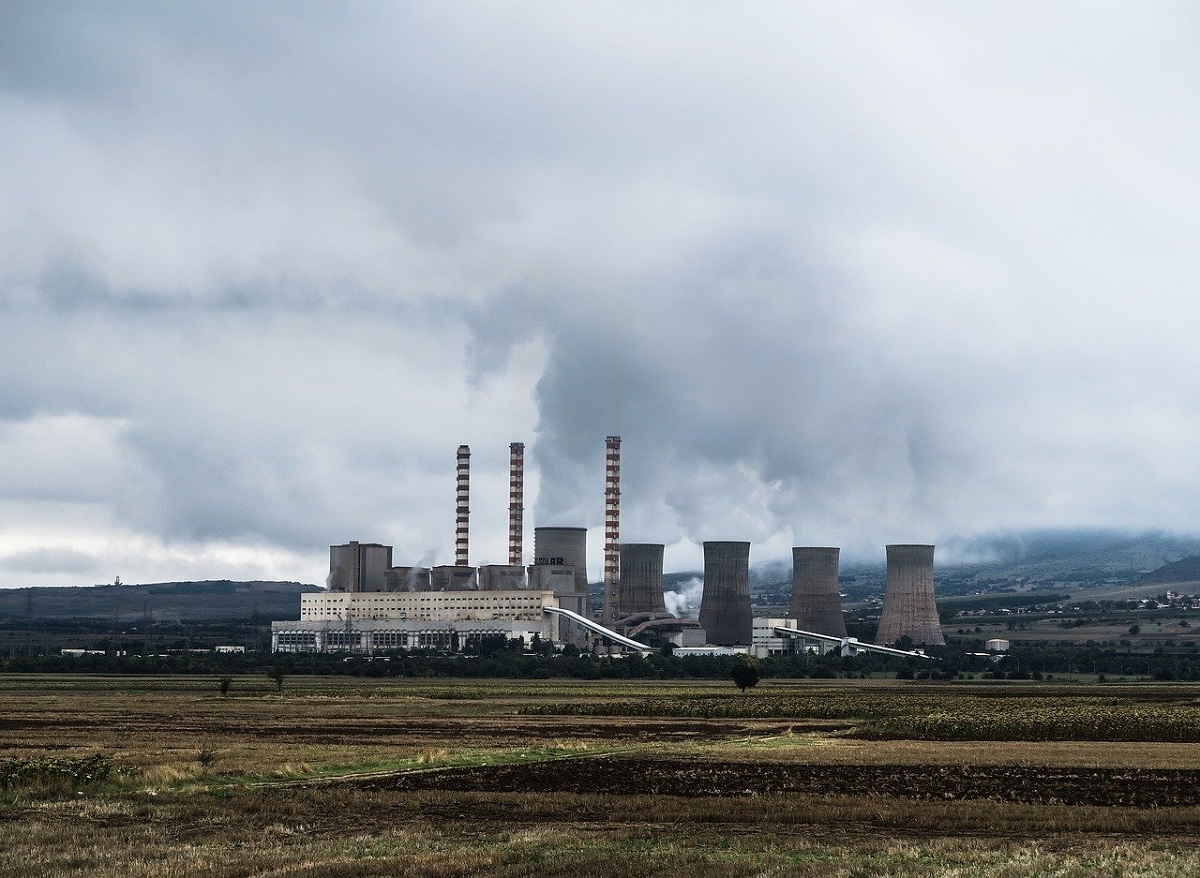The recent jump in crude oil prices beyond $100 per barrel has highlighted an important question: Will this current surge in the famously volatile oil market assist to accelerate the global transition away from fossil fuels and toward cleaner energy sources in order to combat climate change? The answer is most likely no, according to Reuters.
On the one hand, rising gasoline, diesel, and other crude oil-derived product costs, according to energy analysts, will push cost-conscious customers more swiftly into electric cars and promote investment in rival clean technologies such as hydrogen.
At the same time, as fossil fuel firms hurry to cash in, these high prices will push increased drilling for oil and gas throughout the world, planting the seeds for the boom to turn into a crash. This will restore oil’s abundance and affordability.
That is a trend that the world has seen repeatedly during the oil age, and one that has historically penalized clean energy investors hard.
Some of the arguments on each side of the issue are as follows:
When the price of fossil fuels rises, people begin to consider electric vehicles and clean energy alternatives more seriously — not only for the environmental advantages, but also in the prospect of eventually saving money. It is a scenario that occurred after oil nearly reached $150 per barrel in 2008, boosting electric car sales.
Electric car sales are increasing globally, primarily in China and Europe, and to a lesser extent in the United States.
Furthermore, the International Energy Agency, the industrialized world’s energy watchdog based in Paris, has stated that rising oil prices could hasten the electrification of the transportation sector while also hastening the transition to renewable energy sources such as solar and wind, the costs of which have fallen in recent years.
At the same time, sales of gas-guzzling SUVs were on course to reach 45 percent of worldwide auto sales in 2021, a year of gradually rising oil prices, setting a record in both volume and market share, according to the IEA.
SUV demand canceled out EV efficiency advances, raising doubts about the extent to which high oil costs impact the switch.
Analysts also point out that automobiles and trucks only consume approximately 20-25 percent of the world’s petroleum, with other industries such as manufacturing, maritime transportation, aviation, and agriculture making relatively little progress in terms of fuel efficiency.
Another dynamic is at work. Oil has been in a boom-bust cycle for decades: High prices encourage investment in oil and gas exploration, which leads to lower prices, increasing demand for oil. There is no reason to believe that things will be any different this time.
Drillers in the United States, for example, the world’s top oil producer, are already planning to increase output. According to the US Energy Information Administration, oil output in the United States is predicted to exceed the 2019 record of 12.25 million barrels per day next year before peaking at 13.88 million bpd in 2034.
High pricing would simply hasten this tendency rather than delay it.
Meanwhile, over 65 percent of the world’s oil reserves are managed by national oil firms that are entirely or partially owned by state governments.
Because they are among the world’s lowest cost producers of petroleum, the governments of Saudi Arabia, Russia, Iran, and Iraq all benefit swiftly when oil prices increase, a tendency that analysts believe reinforces ties to the petro-economy.
This proclivity to match high prices with higher supply creates a new issue for renewable energy: instability.
Rapid price swings make it difficult for investors to plan and can even kill certain alternative energy projects, according to Deborah Gordon, who oversees the oil and gas solutions initiative at RMI, a Colorado-based energy innovation and efficiency research company.

